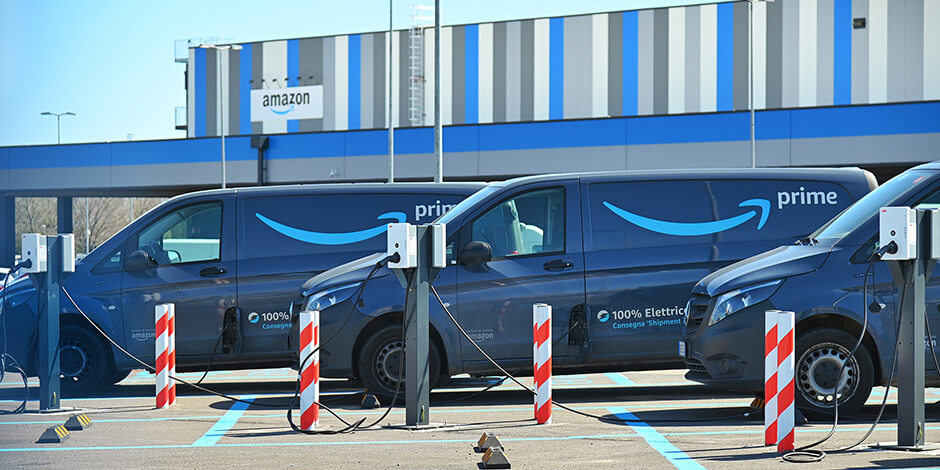The pandemic may have become yesterday’s crisis, and parking lots may be thrumming with shoppers, but brands and merchants have been placing their bets this summer on our front porches. Rapid, last-mile delivery services are proliferating as retailers — big and not so big — try to compete with Amazon, which had a 17-year head start with the launch in 2005 of its Prime two-day service.
Reading the flurry of recent announcements, one must wonder when the billions being invested in last-mile infrastructure will pay off. The field is getting crowded and the technology complex. How much convenience is too much to sustain? How much speed do shoppers demand, and will they pay for it? Will the skies one day be buzzing with delivery drones, or will the technology prove to be a public hazard?
The news begins with Walmart, which recently placed an order with a startup American manufacturer — Canoo — for 4,500 electric delivery vans, with an option to buy 10,000 more. That’s a far cry from the 100,000 electric vans that Amazon ordered from another start-up manufacturer, Rivian.
It is significant, not only because Walmart is the largest retailer in the world, but because the company has been building out its Walmart GoLocal service, which provides last-mile delivery for itself as well as other merchants, such as Home Depot and Chico’s.
Walmart is going head-to-head with Amazon, which recently announced it is adding brick-and-mortar retail brands to its Prime same-day service, and has been trying to grow its rapid delivery service for groceries.
Target has also been on the move. The company reported last month that it is opening three new sorting facilities to handle e-commerce orders, currently about 20% of the company’s sales. Target owns Shipt, a delivery start-up it acquired in 2017, as well as two logistics software companies.
Most recently, we heard from Quiet Platforms, the logistics operation of American Eagle Outfitters. Quiet Platforms announced it is launching a “plug-and-play” delivery network for other retailers that it referred to as the “anti-Amazon.”
There’s more, but the point is that a lot of capital is being invested in a service that may or may not make a difference in market share and appears unlikely to break new ground with consumers. According to a recently published estimate, investment in last-mile delivery in North America is expected to grow by nearly $75 billion in the next four years.
Meanwhile, it appears for the moment that demand for grocery delivery, at least, is softening as inflation bites and shoppers look to save on delivery fees and tips. According to an Associated Press report, US spending on delivered groceries in the month of June was down 26% from two years ago, while demand for grocery pickup retreated by 10.5%.
One must wonder, is the juice going to be worth the squeeze? I wonder what consumers think. Who wouldn’t want to know?














